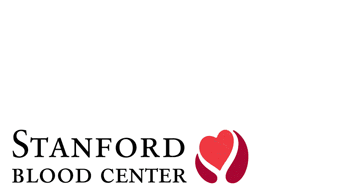Connecting Tunnels in Our Blood
By Billie Rubin, reporting from the labs of Stanford Blood Center
There are skinny, spidery vessels in all of our tissues that connect the arteries with the veins in our circulatory system. The arteries are big muscle vessels that carry oxygen-laden red blood cells (RBCs) from the heart and either travel down your body (left and right) or up to the brain. They are under pressure to get the blood moving around, pushed along when the heart pumps.
The veins are another set of vessels, not quite as muscular as the arteries but side by side with them. The veins take tissue waste products and RBCs carrying carbon dioxide back up to the heart and lungs. Since they are not under as much pressure from the heart and since they carry products that have to travel upstream against gravity (up your leg, for example), they have little valves inside them that make the blood flow in only one direction.
Then we have tiny capillary tunnels that unite the arteries and veins. They are tunnels so small and thin that the RBCs have to travel in single rows. It is here that the exchange of nutrients and oxygen goes into the tissues, then out comes the waste products and carbon dioxide that the capillaries pass along to the veins to take back up to the heart.
And somehow they all make it work.

